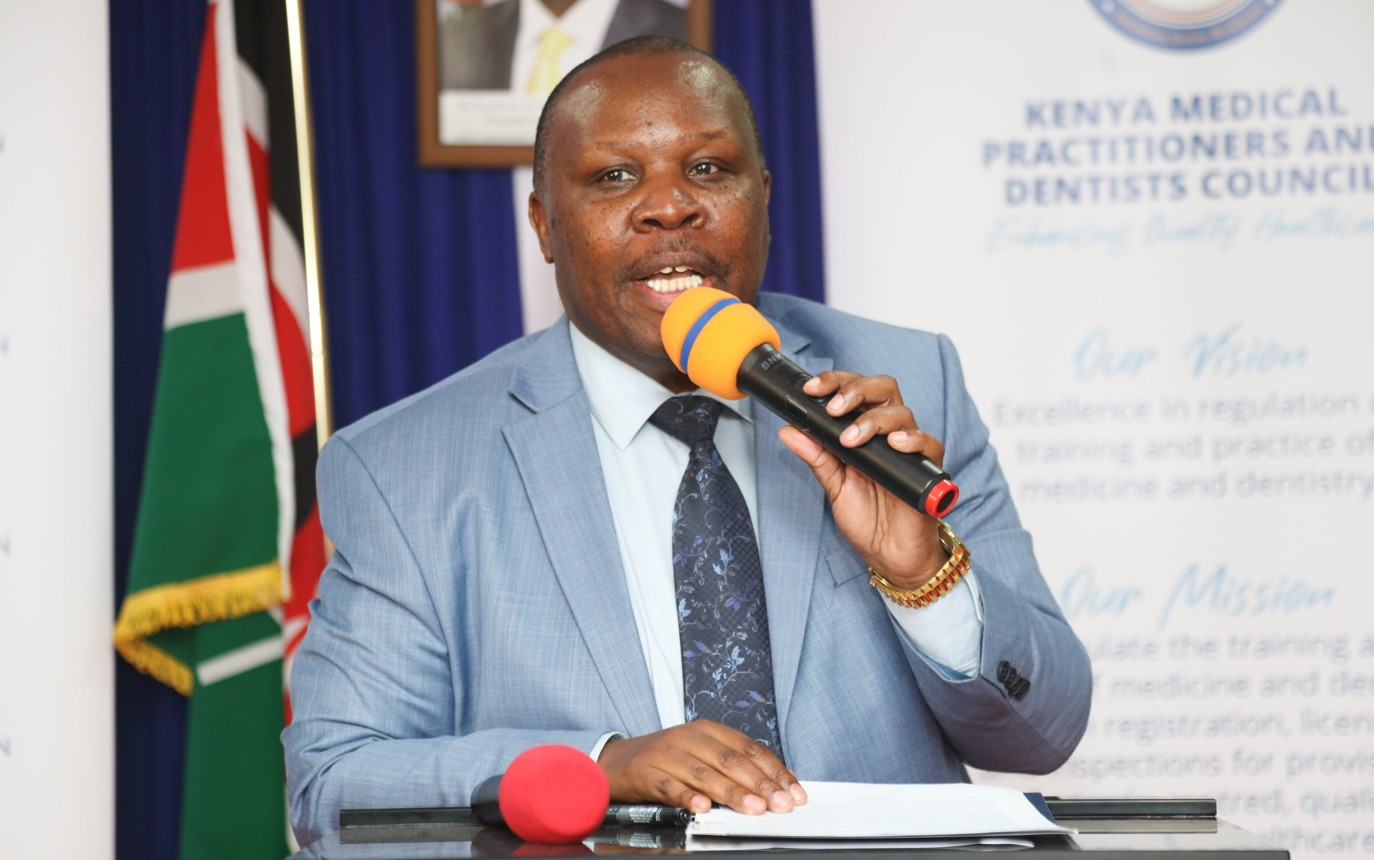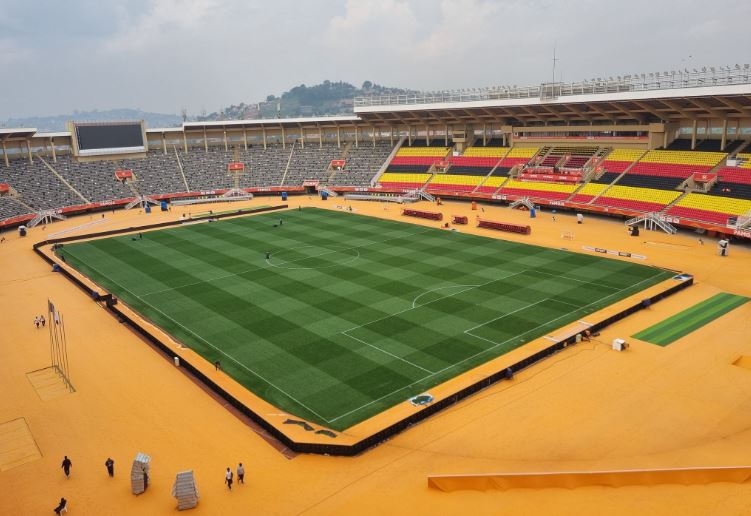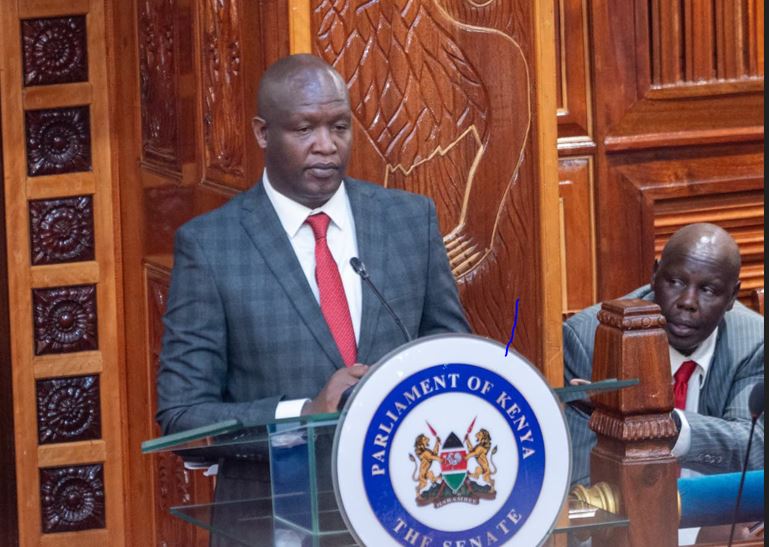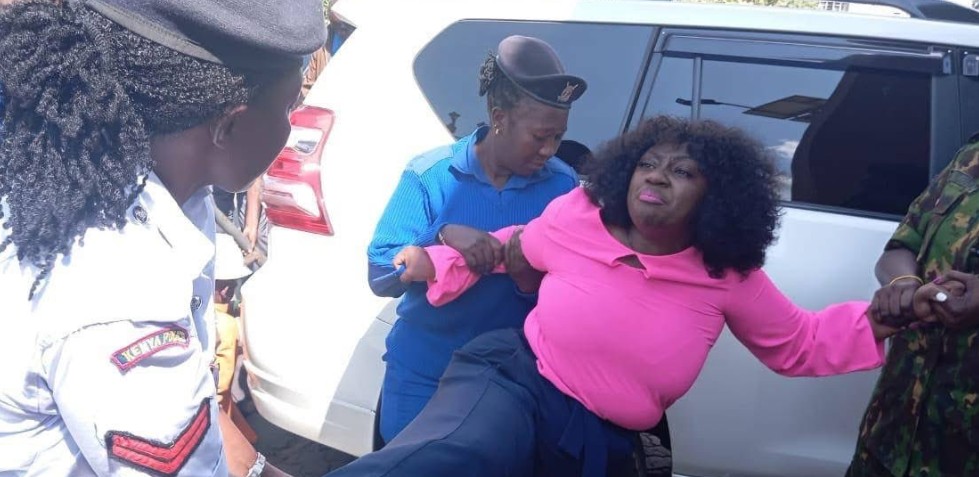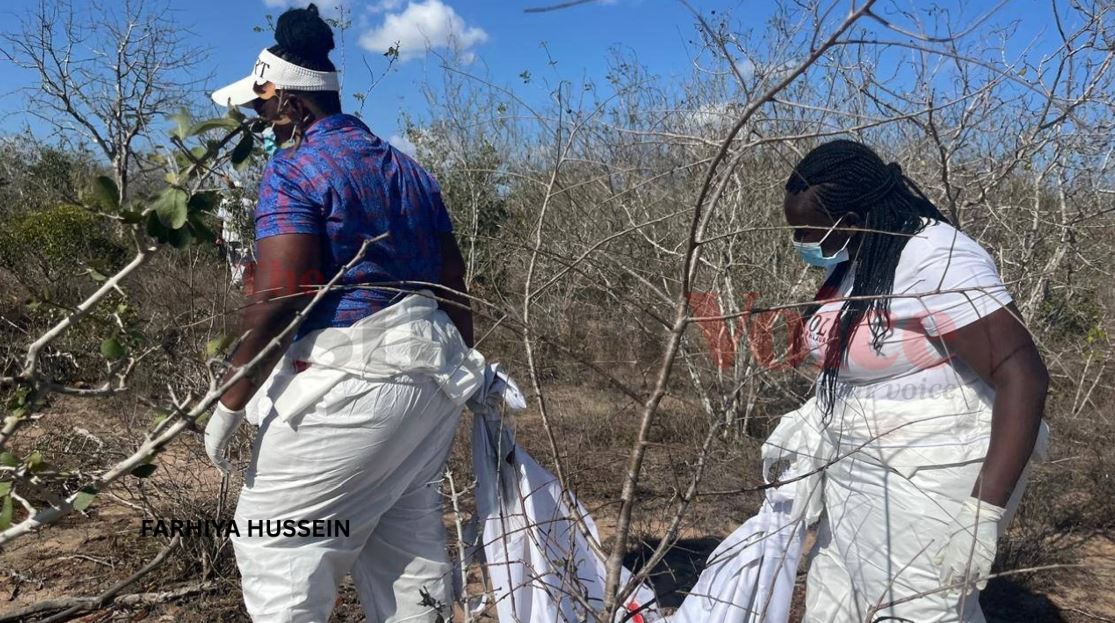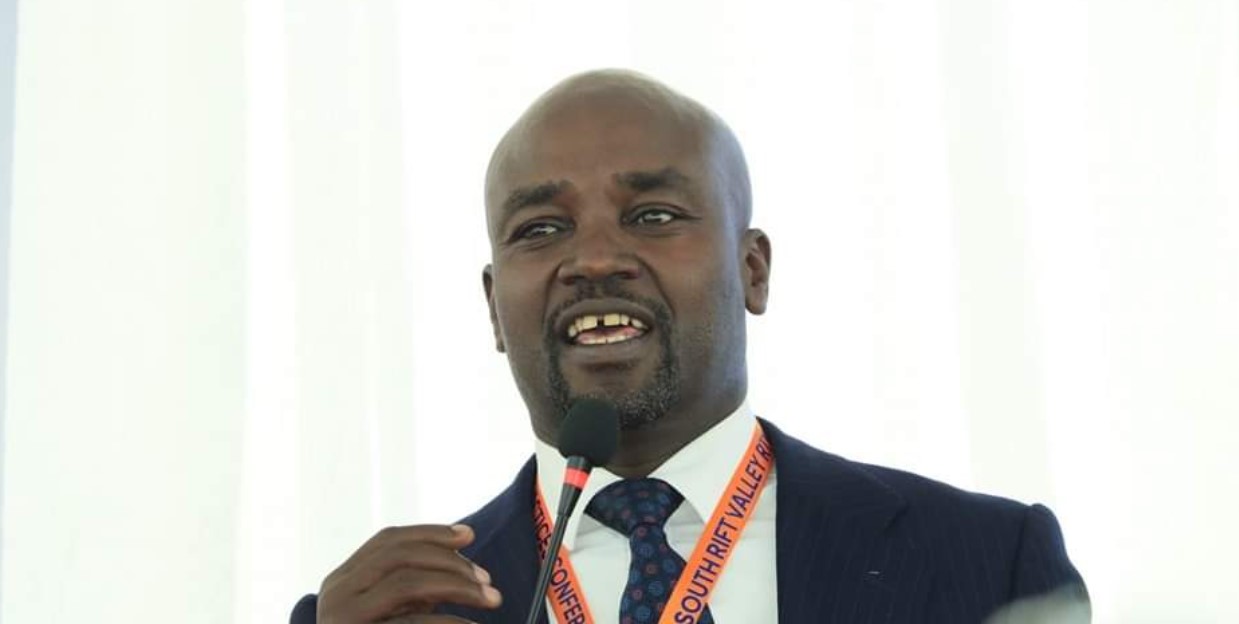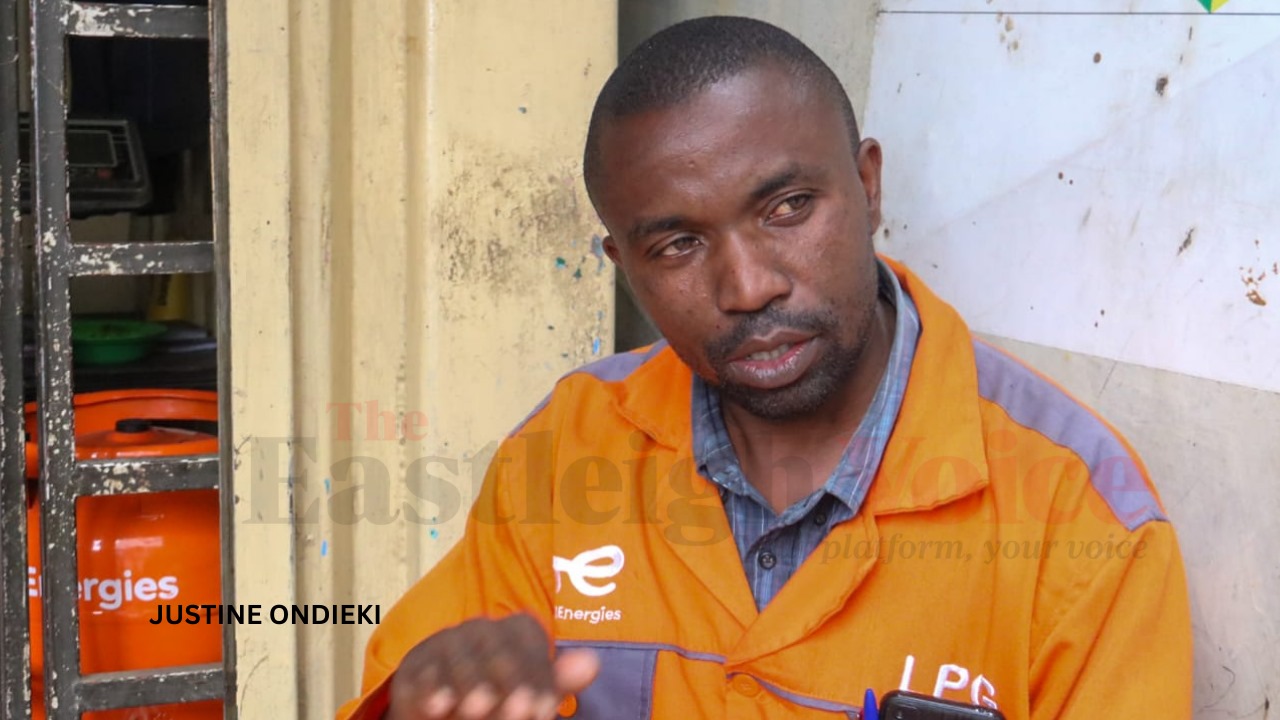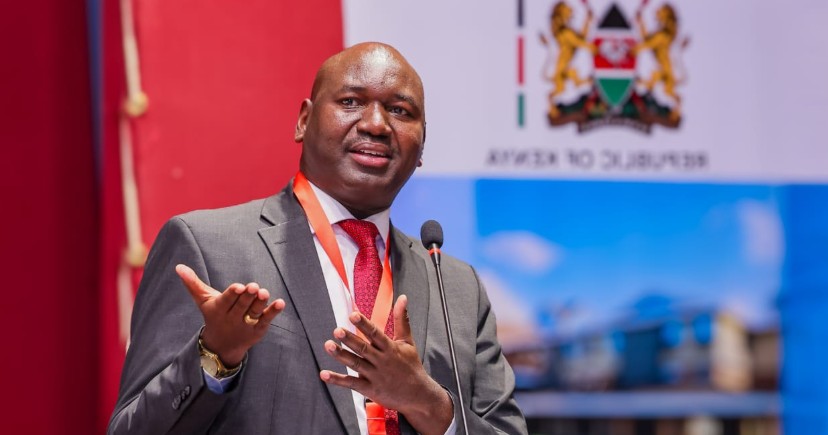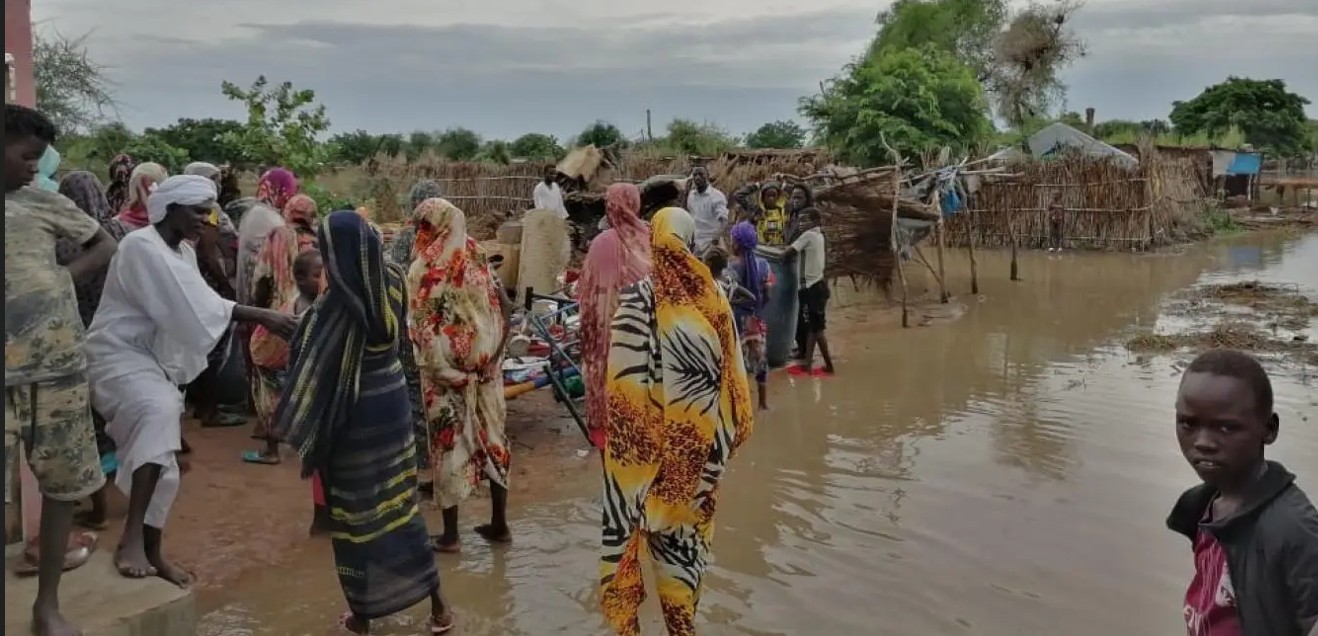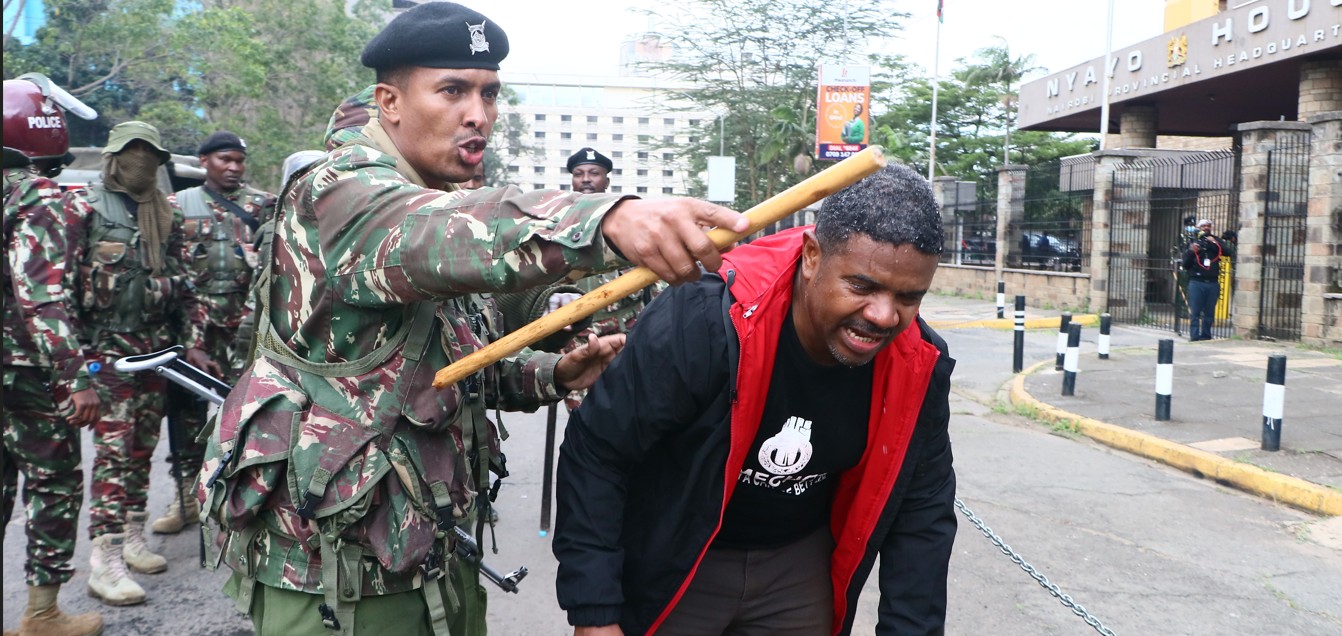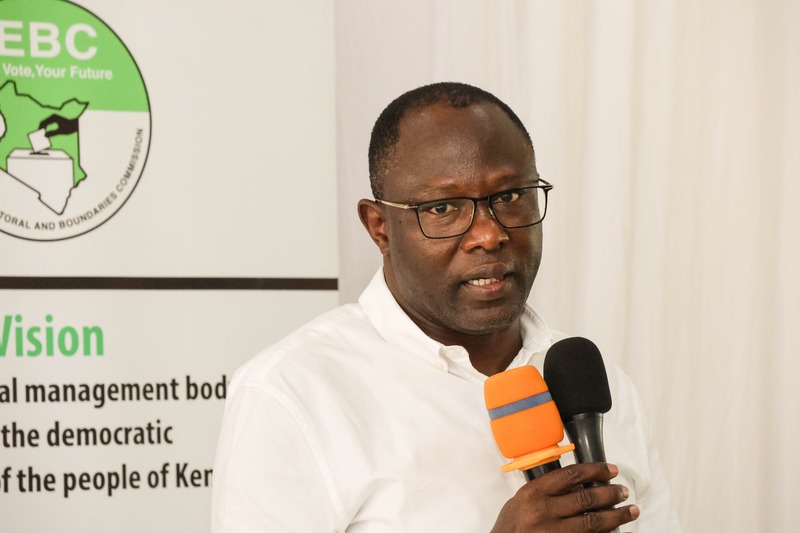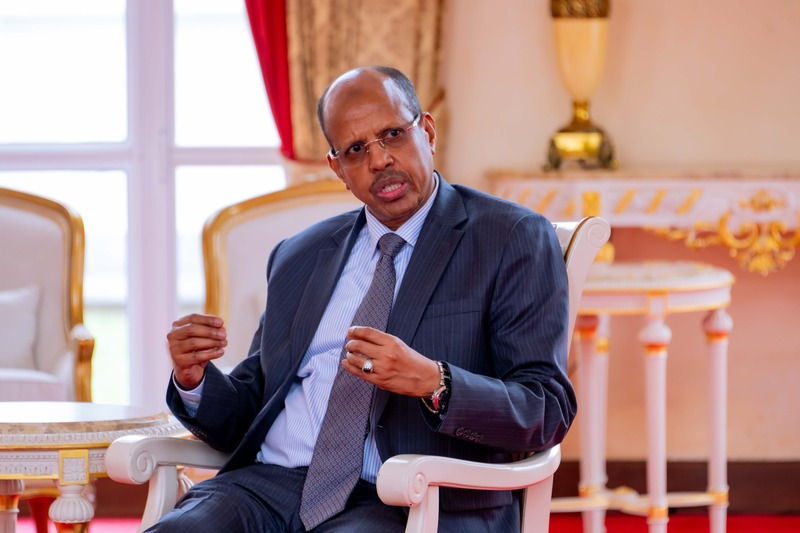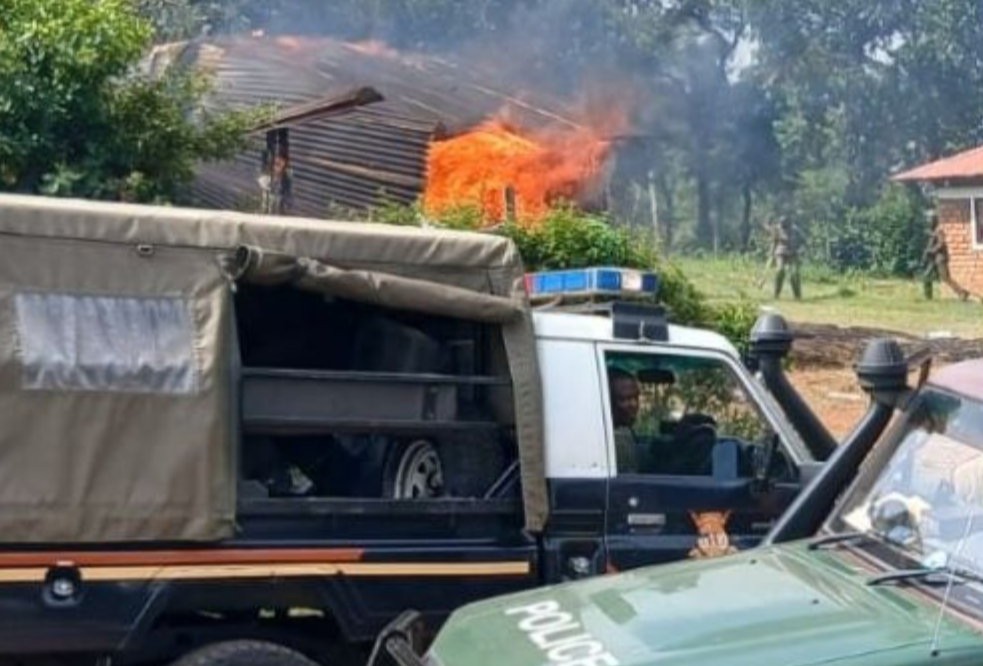Climate change is hitting women the hardest. What to do about it – economists
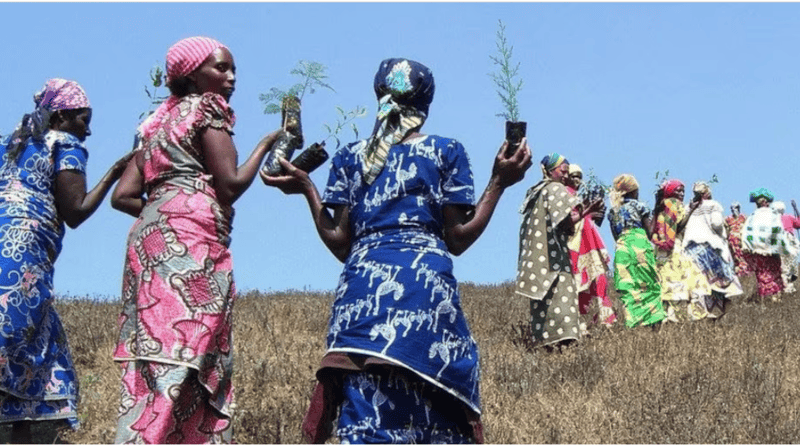
Climate change policies must address women’s unique challenges. By focusing on improving women’s capabilities – meaning their opportunities – it is possible to protect them from the impacts of climate change.
The current capitalist system has created two related crises: ecological decline and social injustice. It has led to environmental damage like climate change, which affects some people more than others.
The two crises mutually reinforce the consequences of the same flawed systems of oppression and power. Climate change exacerbates global inequalities. This is because they disproportionately affect poorer countries and the most vulnerable humans due to factors such as geography, socioeconomic status, and limited access to rights and justice.
More To Read
- Proposed Bill set to mandate solar panels on new homes
- Climate change: How global water crisis could cost trillions
- Heat stress on the rise, slashing work productivity by 2-3 per cent, report warns
- From sea ice to ocean currents, Antarctica is now undergoing abrupt changes
- Africa’s top climate change challenges: A fairer deal on phasing out fossil fuels and mobilising funds
- Talks on global plastic pollution treaty end in Geneva without consensus
In particular, the relationship between climate change and gender inequality has often been underestimated. Especially in low- and middle-income countries, climate change has different effects on women and men. It affects women’s health, livelihoods and security disproportionately because of gender inequality and patriarchal structures.
Resilience to extreme weather events also depends on:
Access to essential social services and to natural and financial assets
Risk of food insecurity
Decision-making power.
All these may be distributed unequally between men and women.
Climate change policies must address women’s unique challenges. By focusing on improving women’s capabilities – meaning their opportunities – it is possible to protect them from the impacts of climate change.
The renowned economist Amartya Sen has argued for a shift in focus from “means of living” to the “actual opportunities a person has”. Instead of depending on economic growth, human development should be understood as a process of expanding individuals’ capabilities.
The capability approach offers a new perspective on the impact of climate change and how it affects women most. It emphasises the importance of individual and community capabilities – the freedom or opportunity to achieve wellbeing – over mere access to resources.
Capabilities
Capabilities are the real freedoms individuals have to pursue different life paths. Then there’s functioning. This refers to the activities and states of being that an individual values. Shifting focus to individuals’ functioning and capabilities does not mean that resources don’t matter in development. Resources must be converted into real opportunities if they are to enhance wellbeing.
Individuals have different abilities to convert resources. There are three kinds of factors influencing this:
Personal, such as physical and mental characteristics (age, gender, metabolism, health conditions and so on)
Social, including institutions and social norms, traditions, gender roles and social relationships
Environmental, such as climatic conditions and geographical location.
The impact of climate change on women
Climate change presents a formidable challenge to life and livelihoods. All the consequences of the ecological crisis negatively affect the natural resources and economic means of women.
Focusing on the global south, economies remain heavily reliant on the agricultural and forestry sectors. These predominantly employ women. When a drought or flood prompts young men to migrate to urban areas in search of employment, women are more likely to stay in rural areas to farm.
Climate change is affecting agricultural productivity, reducing food availability and quality, and compromising women’s financial resources and household income. In turn, this reduces the range of women’s opportunities, including their health and ability to prepare meals.
The capabilities to preserve food quality, prepare meals and purify water also depend on having energy resources. The ability to use clean energy becomes an environmental conversion factor for enhancing human capabilities.
About one-third of the global population, predominantly in the global south, lacks access to electricity and depends on solid fuel sources like wood and crop waste for cooking and heating. Energy poverty affects women the most, given their role in securing energy for their households in developing countries.
Rural women spend time collecting firewood. This reduces their opportunities to engage in productive economic activities to improve their condition.
Using biomass stoves indoors also exposes them to dangerous air pollution.
Climate change therefore negatively affects their ability to convert resources into capabilities. That, in turn, reduces their opportunities, weakening the human development process. A person needs to be healthy to get and use an education, for instance.
Climate-related disasters that lead to displacement and migration can help spread diseases and disrupt health services. This tends to make women’s health worse than men’s.
Patriarchal norms tend to restrict women’s employment opportunities. Being forced to accept low-wage work increases a person’s vulnerability to violence and poverty. And these social norms make women responsible for unpaid labour care.
What needs to happen
All levels of climate policy and practice should include gender considerations. This will protect women from climate impacts and empower them to play a role in addressing the climate crisis.
Men and women will be affected differently by low-carbon transitions too. These shifts could create “winners and losers” and deepen inequality.
The low-carbon transition must include adaptation and resilience measures, social protection and welfare requirements, and livelihood protection and support.
Top Stories Today
